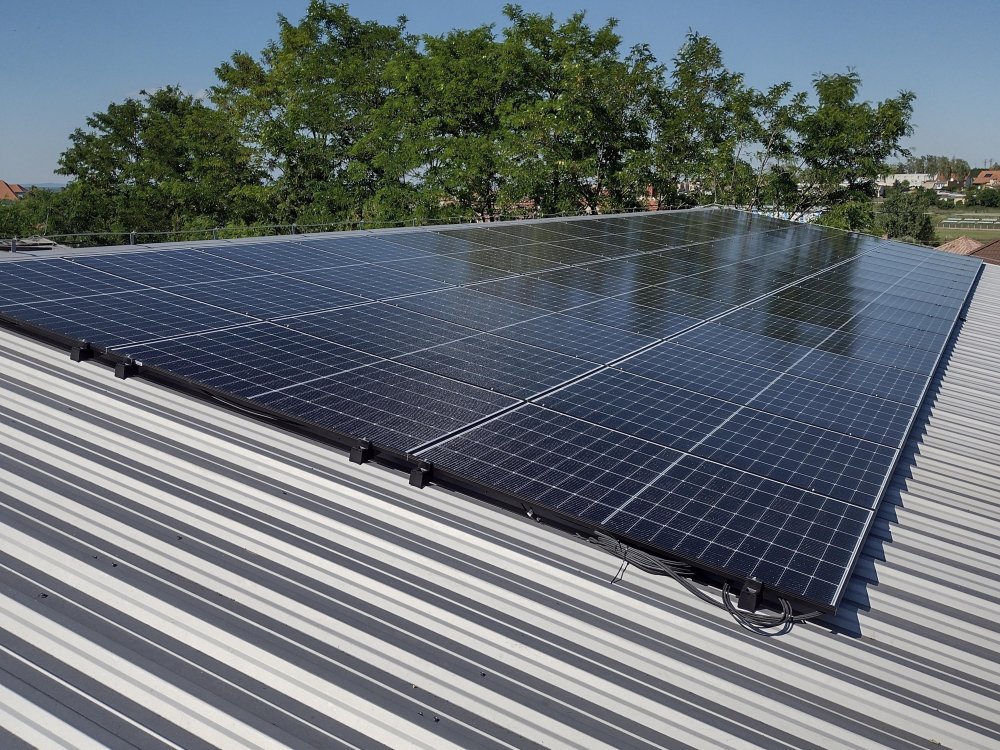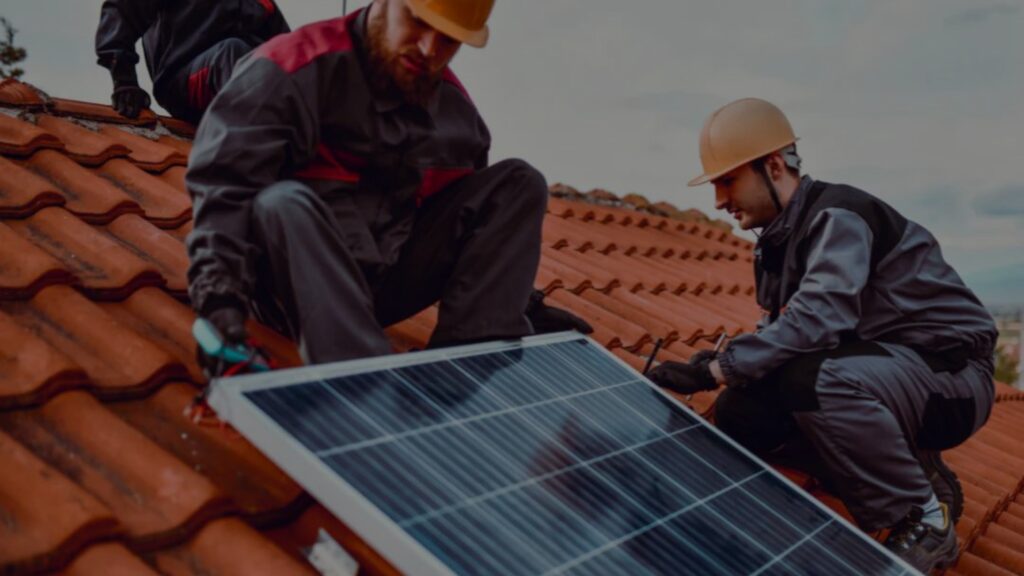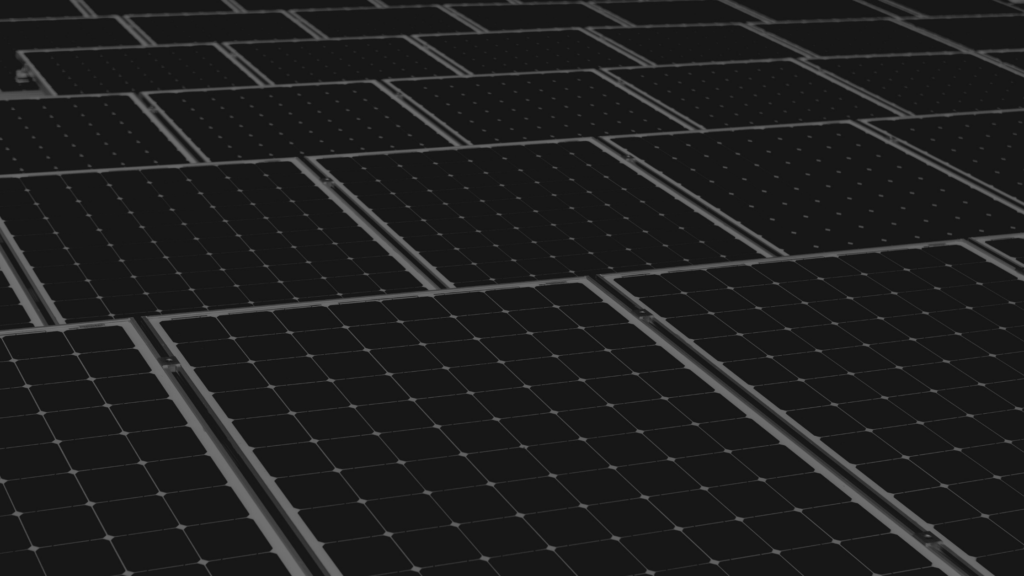

Large overview of mounting structures for photovoltaics
For a PV system to work properly, it also needs to be installed correctly! Attention should be paid to things such as. orientation or angle of the roof, enough space between panels and others. It is very important to consider environmental factors such as wind speed or proximity to trees, which can affect the overall performance of the system. Equally important is the location of the PV panels where they will receive a substantial amount of sunlight – PV plants work better when it’s not too hot!
All specifics that may be encountered at the site where the PV system will be installed will be evaluated during a personal inspection.
Mounting structure as a key component of the photovoltaic system
Proper selection and design of the mounting structure has a significant impact on the efficiency of PV production.
Each type of roof requires a specific type of mounting structure, for which the size of the photovoltaic panels must also be considered. This depends on many factors, including where they will be installed and the amount of energy your business needs. It is important to choose the right amount and size of panels to be able to provide enough energy for your business. The vast majority of installations are south facing, it makes sense. But what if your business needs power most in the morning and then in the afternoon? We know that energy in the morning and afternoon is among the most expensive. In addition to this, the east/west orientation also makes sense because of the size of the roof. Panels oriented in this way are more economical, so we can place a much larger photovoltaic array on the roof.
Different types of mounting structures
Construction for flat roof
For flat roofs, the most suitable type of mounting structure is the so-called “ballast system” – the structure does not need to be fixed directly to the roof. Instead, it is secured together with the panels against displacement by ballasted concrete blocks. For structures designed for flat roofs, there are different configurations of panel placement. One type is the south-facing orientation, where the panels are arranged in a row with a south-facing orientation to maximize their performance. In other cases, panels on a flat roof are placed with an east and west orientation. A similar design is available for such an installation, but which allows arrays of PV panels to be created with a double-sided orientation.


Construction for pitched roof – tile
For a pitched roof with tiles, the ideal choice is a mounting structure whose metal profiles are fixed under the tiles to the roof beam using special screws. The structure is carefully designed and manufactured to meet the specific requirements of this type of roof, ensuring a firm and reliable fixing of the panels. In this way, the risk of damage is minimised, which is very important for the longevity and efficient use of photovoltaics.

Construction for pitched roof – sheet metal
For pitched metal or shingle roofs or eternit, the structure is designed to be attached directly to the metal or shingle roofs using combi-screws. These are drilled through the sheet metal or other similar covering directly into the beam, thus fixing not only the construction of the panels but also the roof covering itself.

Construction for pitched roof – corrugated
A special construction is available for the corrugated roof, which attaches directly to the corrugated joints of the roof. This structure is designed to fit precisely into the gaps between the folded sheets and allow the PV panels to be securely mounted. This minimises the need to create additional holes in the roof, which protects the integrity of the roof covering and ensures that the solar panels are stable and securely mounted.

All types of mounting structures are available in silver or black.





